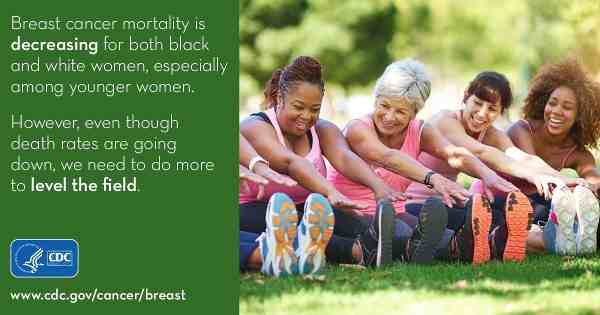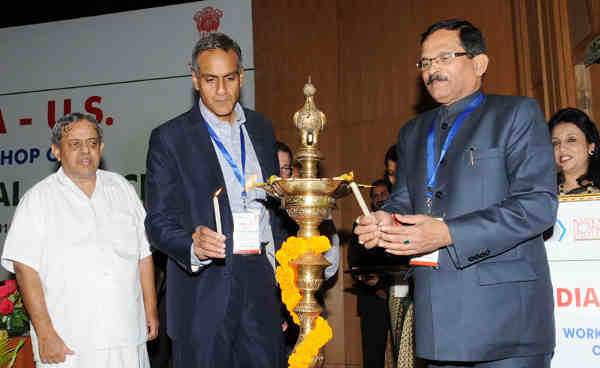How to Reduce the Risk of Breast Cancer

Breast cancer death rates among women decreased during 2010-2014, but racial differences persisted, according to a study by the Centers for Disease Control and Prevention (CDC) in this week’s Morbidity and Mortality Weekly Report.
The findings show changes for death rates from breast cancer by age group for black and white women, the groups with the highest death rates in the United States.
[ IBM Watson Helps Employees Tackle Cancer ]
Data highlights
- There was a faster decrease in breast cancer death rates for white women (-1.9% per year) than black women (-1.5 percent per year) between 2010 and 2014.
- Among women under age 50, breast cancer death rates decreased at the same pace for black and white women.
- The largest difference by race was among women ages 60–69 years: breast cancer death rates dropped 2.0 percent per year among white women, compared with 1.0 percent per year among black women.
The authors noted that the drop in death rates among women may be due to improved education about the importance of appropriate breast cancer screening and treatment, as well as women having access to personalized and cutting-edge treatment.
What can be done to reduce breast cancer risk
Personalized medical treatments combined with community-based cancer control efforts that ensure adequate follow-up and treatment after a cancer diagnosis could help decrease breast cancer death rates faster and reduce differences among black and white women.
[ Support RMN Foundation Free Schools for Poor Children ]
Women can take steps to help reduce their breast cancer risk by knowing their family history of cancer, being physically active, eating a healthy diet, maintaining a healthy weight, and getting recommended cancer screenings.
CDC’s National Breast and Cervical Cancer Early Detection Program provides access to timely breast and cervical cancer screening and diagnostic services for low-income, uninsured, and underserved women.
It is said to be the largest organized cancer screening program in the U.S. and offers free or low-cost mammograms to women who qualify.
CDC’s Bring Your Brave campaign provides information about breast cancer to women younger than age 45 by sharing real stories about young women whose lives have been affected by breast cancer.




